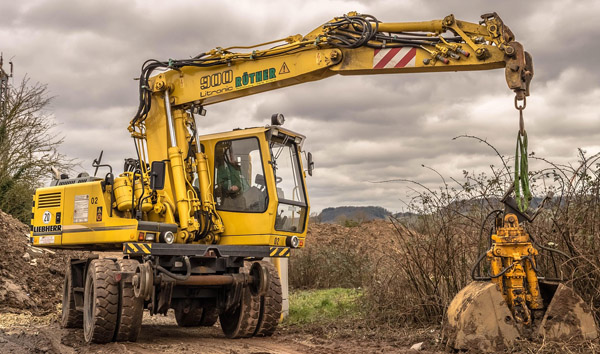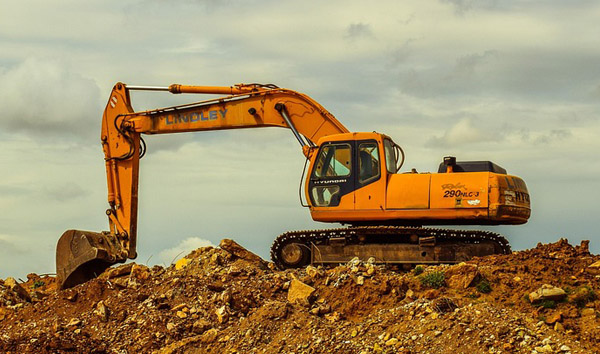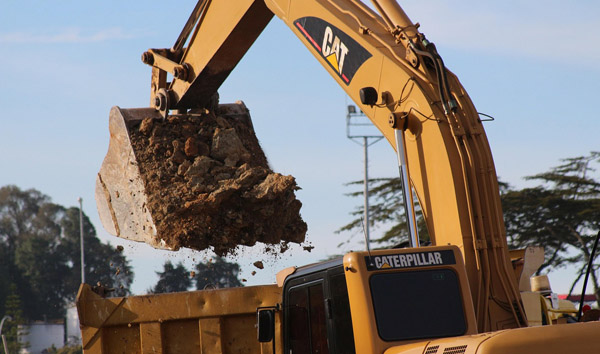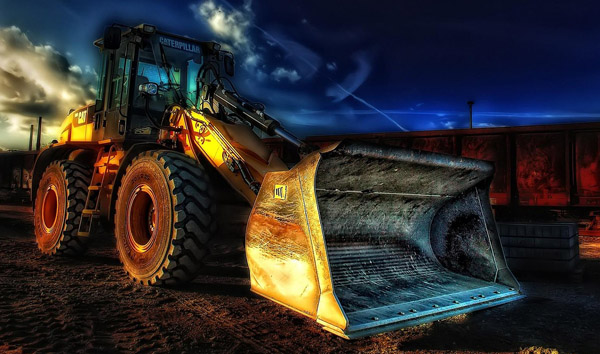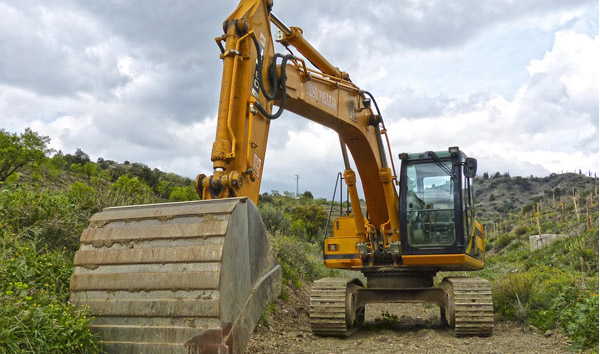Navigating the Robust Capabilities of Modern All-Terrain Forklifts
2025-07-29 05:40:31
All-terrain forklifts are engineered to tackle uneven surfaces, steep inclines, and challenging outdoor environments with unmatched efficiency. Key specifications include load capacities ranging from 5,000 to 36,000 lbs, depending on the model, and lift heights extending up to 20 feet. These machines often feature reinforced tires, oscillating axles, and advanced suspension systems to ensure stability on rough terrain. The integration of high-torque diesel or electric engines enables consistent performance in demanding conditions, making them indispensable in construction, agriculture, and heavy-industry sectors.
One of the defining characteristics of all-terrain forklifts is their exceptional ground clearance, typically between 12 to 18 inches. This allows operators to navigate debris, mud, and uneven surfaces without compromising load stability. Additionally, many models incorporate four-wheel drive (4WD) and differential lock systems to enhance traction on slippery or loose terrain. For example, the Caterpillar TH514D boasts a 14,000-lb load capacity and a 74-horsepower engine, optimized for rugged outdoor use. Such specifications ensure that these forklifts outperform standard models in off-road applications.
Engine performance is another critical factor in all-terrain forklift specifications. Most units are powered by turbocharged diesel engines, delivering between 50 to 150 horsepower, depending on the workload requirements. Electric variants are gaining traction due to their lower emissions and quieter operation, though they typically offer slightly reduced torque compared to diesel counterparts. The Komatsu AX50, for instance, utilizes a 100-hp diesel engine with a peak torque of 295 lb-ft, ensuring reliable operation in extreme conditions. Fuel efficiency and emission compliance (e.g., Tier 4 Final standards) are also prioritized in modern designs.
Maneuverability and operator comfort are equally vital in all-terrain forklift specifications. Many models feature ergonomic cabins with shock-absorbing seats, climate control, and intuitive joystick controls to minimize operator fatigue during extended shifts. The Toyota Traigo 80, for example, includes a spacious cab with 360-degree visibility and a suspension system that reduces vibrations by 30%. Furthermore, advanced hydraulic systems enable precise load handling, even on inclines up to 15 degrees, ensuring safety and productivity in diverse environments.
In conclusion, all-terrain forklifts are designed to meet the rigorous demands of outdoor and industrial applications. Their specifications—ranging from load capacity and engine power to terrain adaptability and operator comfort—make them a versatile solution for sectors requiring heavy lifting in unpredictable conditions. As technology advances, we can expect further enhancements in fuel efficiency, automation, and eco-friendly designs, solidifying their role in modern material handling.




